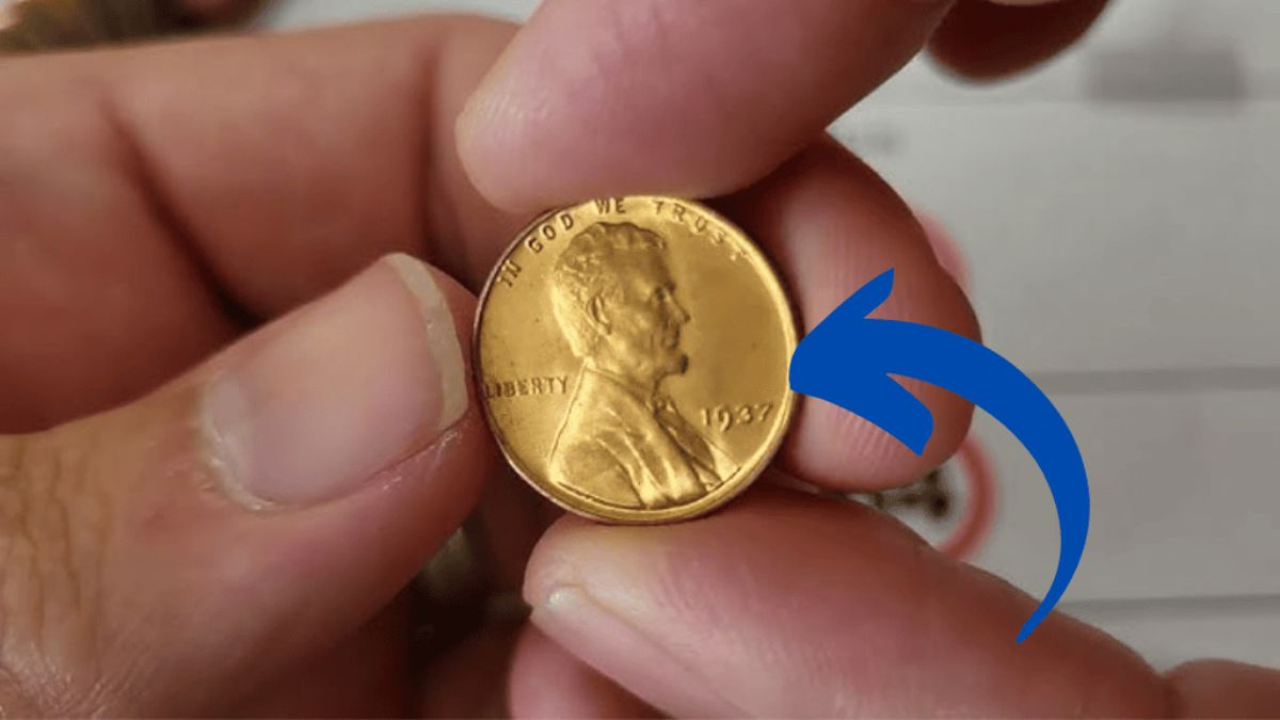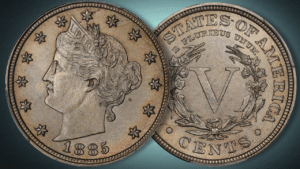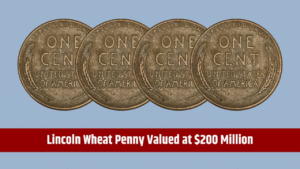Lincoln Wheat Penny Be Worth $120 Million: Imagine finding a penny in your pocket worth $120 million! The Lincoln Wheat Penny, minted from 1909 to 1958, is a common coin, but rare versions with unique errors, like the 1943 copper penny, have sparked rumors of massive value. One such penny reportedly sold for an astonishing $120 million, though experts question if it’s real. This article explains in simple words why these pennies are valuable, how to spot one, and where to look. Start checking your change—you might have a treasure!
What Is the Lincoln Wheat Penny?
The Lincoln Wheat Penny, first made in 1909 to honor Abraham Lincoln’s 100th birthday, was the first U.S. coin to feature a real person. Designed by Victor David Brenner, it shows Lincoln’s face on the front and two wheat stalks on the back, giving it the “Wheat Penny” name. Billions were minted until 1958, when the Lincoln Memorial design replaced it. Most are worth just a cent, but rare errors or dates can fetch thousands or millions.
Why Are Some Worth So Much?
Certain Lincoln Wheat Pennies are valuable due to:
- Minting Errors: Mistakes like using the wrong metal or double stamping.
- Rarity: Low mintage or unique coins, like the 1943 copper penny.
- Condition: Shiny, unworn coins are worth more.
- History: Errors from wartime, like World War II, add appeal.
The $120 million claim likely refers to a super-rare 1943 copper penny, though no sale has reached that amount. A 1943 copper penny sold for $1.7 million in 2010, with estimates for a perfect one reaching $21 million. The $120 million figure may be online hype, but it fuels excitement.
The $120 Million Penny: Fact or Myth?
No Lincoln Wheat Penny has sold for $120 million, but the rumor stems from the legendary 1943 copper penny. During World War II, pennies were made of steel to save copper, but a few were accidentally struck in copper. Only about 20 exist, making them extremely rare. One sold for $1.7 million, and a perfect one could fetch $10–$20 million. The $120 million claim is likely exaggerated, but rare pennies still break records.
Top Rare Lincoln Wheat Pennies to Look For
Here are the key pennies collectors want:
1. 1943 Copper Penny
- Why Rare: Struck in copper instead of steel by mistake.
- How to Spot: Copper color, weighs 3.11 grams, doesn’t stick to a magnet.
- Value: $200,000–$1.7 million, possibly more.
2. 1914-D Penny
- Why Rare: Low mintage of 1.2 million, heavily circulated.
- How to Spot: “1914” with “D” mint mark, sharp details.
- Value: $500–$120,000 in top condition.
3. 1955 Double-Die Obverse
- Why Rare: Blurry text or date from double stamping.
- How to Spot: Check “LIBERTY” or “1955” for doubling with a magnifying glass.
- Value: $1,000–$50,000.
| Penny Type | Key Feature | Mint Mark | Estimated Value |
|---|---|---|---|
| 1943 Copper | Copper, not steel | None, D, S | $200,000–$1.7M+ |
| 1914-D | Low mintage, sharp details | D | $500–$120,000 |
| 1955 Double-Die | Blurry text or date | None | $1,000–$50,000 |
How to Spot a Valuable Lincoln Wheat Penny
To find a rare penny:
- Check the Date: Look for 1943, 1914, or 1955.
- Find Mint Marks: “D” (Denver), “S” (San Francisco), or none (Philadelphia).
- Test Material: For 1943, use a magnet—steel sticks, copper doesn’t. Copper weighs 3.11 grams, steel 2.7 grams.
- Look for Errors: Check for doubled text or unusual color with a magnifying glass.
- Check Condition: Shiny, unworn coins are worth more.
Where to Find These Pennies
You might find them in:
- Pocket Change: Some Wheat Pennies still circulate, though rare.
- Coin Rolls: Get penny rolls from banks to search.
- Old Collections: Check family jars, piggy banks, or inherited coins.
- Coin Shops or Auctions: Visit dealers or check eBay, Heritage Auctions, or GreatCollections.
What to Do If You Find One
- Don’t Clean It: Cleaning lowers value by scratching or dulling.
- Store Safely: Use a plastic coin holder to protect it.
- Get It Graded: Take it to PCGS or NGC for authentication and grading.
- Sell Smart: Use auction houses (Heritage Auctions), dealers (APMEX), or eBay with clear photos.
Avoiding Fakes
Fakes are common, especially for 1943 copper pennies. Some alter 1944 pennies to look like 1943. Check:
- Material: Use a magnet and weigh the coin (3.11 grams for copper).
- Details: Look for tampering on dates or mint marks.
- Professional Grading: Only trust PCGS or NGC to verify authenticity.
Conclusion
The $120 million Lincoln Wheat Penny may be a myth, but rare ones like the 1943 copper penny, worth up to $1.7 million, could still be in your change, coin rolls, or old jars. Check for key dates like 1943, 1914-D, or 1955, and test 1943 pennies with a magnet. Get any finds graded by experts and beware of fakes. The thrill of finding a valuable penny keeps collectors excited. Start searching your pennies today—you might uncover a treasure!
FAQ
Is a Lincoln Wheat Penny really worth $120 million?
No confirmed sale reaches $120 million, but a 1943 copper penny sold for $1.7 million, with estimates up to $21 million for a perfect one.
Which Lincoln Wheat Pennies are the most valuable?
The 1943 copper, 1914-D, and 1955 double-die pennies are top finds, worth thousands to millions.
Are these pennies still in circulation?
Yes, some appear in pocket change, bank rolls, or old collections, though rare.
How do I spot a valuable Lincoln Wheat Penny?
Check dates (1943, 1914, 1955), mint marks, and errors. For 1943, test with a magnet—copper doesn’t stick.
What should I do if I find a rare penny?
Don’t clean it, store it in a coin holder, get it graded by PCGS or NGC, and sell via auctions or dealers.



